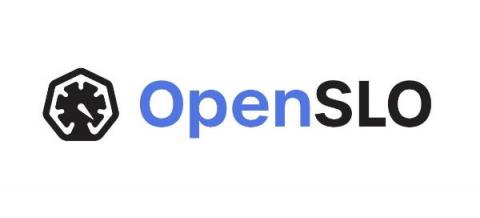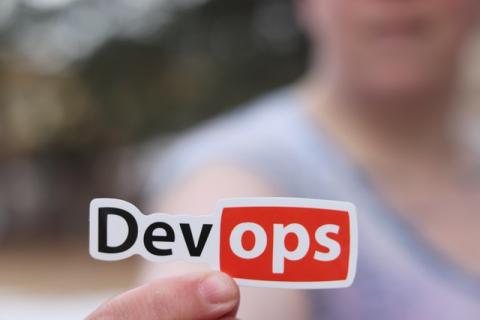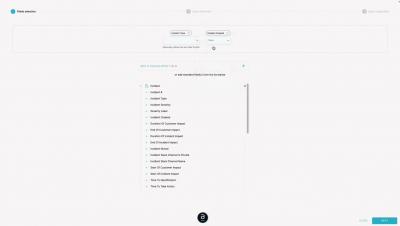What Does It Mean To Build Resilient Service Applications?
Resilience is the capability to recover quickly from difficulties or toughness. It is not about preventing failures, but being able to recover from them quickly. As Amazon’s CTO Werner Vogels famously said ‘everything fails all the time’. It’s a fact of life that failures will inevitably happen but what we can do is build applications that can withstand different kinds of failures. For example, in a data center, hardware is going to fail all the time.











